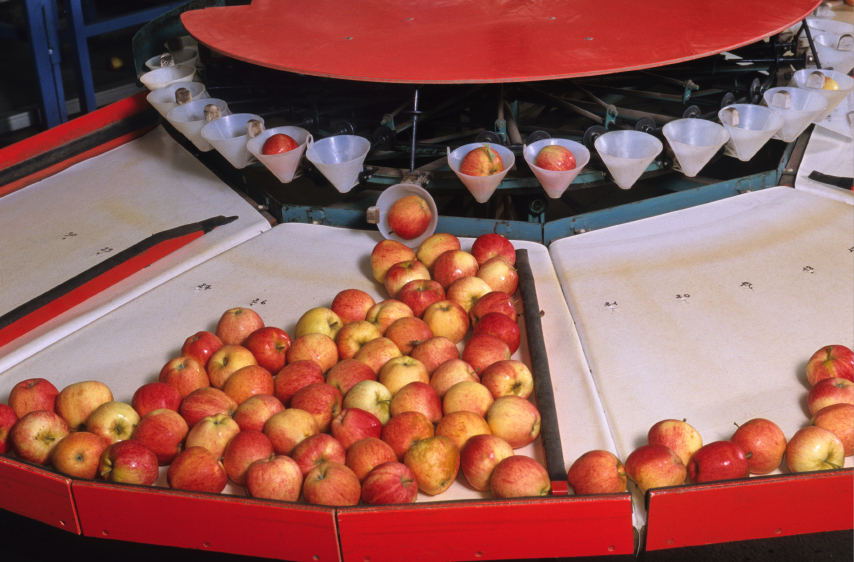
Today’s consumers want to know more about the health and safety of their food. The “farm-to-table” or “factory-to-table” movement has consumers expecting comprehensive information about where food comes from and how it is handled. In a word: traceability.
Increasing traceability is now a collaborative effort among today’s businesses, trade associations, industry groups, and regulatory agencies. Food quality assurance professionals are driven by government regulations and consumer pressure to promote improved traceability using consistent, interoperable data-sharing processes based on global standards.
If you are planning to pursue a food safety career, read on to learn the benefits of traceability in today’s food industry.
How Does Traceability Impact Food Safety?
Traceability is the ability to follow a food product throughout the production flow—from its place of origin through its processing and packaging to its distribution and eventual placement on the retail shelf or restaurant table. It allows food professionals to ensure quality standards are being met throughout the process, and to accurately withdraw or recall products which have been identified as unsafe.
Tags, tattoos, brands, logbooks and timesheets are all elements of traceability that have been used for decades by both industry and government. In recent years, the standardization of barcodes (called RFIDS or GS1 DataBars) has made better food tracking possible, using serialized sequence numbers to denote precise time and date processing data to each food product.

Every apple is stamped with a GS1 Data Bar or RFID barcode that makes tracking possible.
Through barcodes and other tracking media (tags on livestock, GPS shipment tracking), every movement of a food product within the production process is made clearly visible to the careful scrutiny of modern manufacturers, suppliers, and food quality professionals.
Traceability Helps Experts with Food Technology Diplomas Reduce Contamination
Food quality assurance and quality control programs teach students to recognize a variety of threats to consumer safety. A transparent supply chain offers them an important advantage: being able to root out harmful food contaminations and safety threats at their source.

A batch of apples that’s been quality-approved moves through the triage level of production.
With modern traceability standards in place, experts can identify, by precise date, time, and location, which foods were involved in any contaminations that may have occurred along the production process. When contaminations happen, barcodes can help professionals gain insight about whether a certain product is part of a contaminated batch or is safe to pass along.
This contamination management can potentially save companies millions of dollars. In addition, it can also significantly reduce the number of products that are unnecessarily thrown away in the recall process. Most importantly to food safety pros, it can reduce the spread of unsafe food and save people from harm.
Traceability Ensures Quality Information That Experts and Consumers Can Trust
Recording accurate data at each link in the production chain is an important part of product tracking and traceability. In many countries, national standards for weights, measurements, and chemical contents are maintained by a National Measurement Institute (NMI). Adhering to NMI quality control measurements ensures products are being assessed by the very same standards by every professional who tests them and records their findings in the product’s individual “data footprint.”

Quality benchmarks are met and recorded throughout every level of a product’s processing.
Not only does this process ensure government food safety regulations are being met, it allows experts with a food technology diploma to essentially read through a product’s personal quality backstory to help form their conclusions about its overall safety. This kind of comprehensive traceability can be used to verify producers’ claims, answer buyers’ questions, and secure consumers’ safety to the highest degree possible.

At the final stage of the process, the apples are considered safe for retail.
With the right training, you can use traceability to keep your community safe from contaminations and foods that don’t meet the highest standards of quality.
Are you interested in pursuing food safety certification in Toronto? Visit AAPS for more information or to speak with an advisor.



